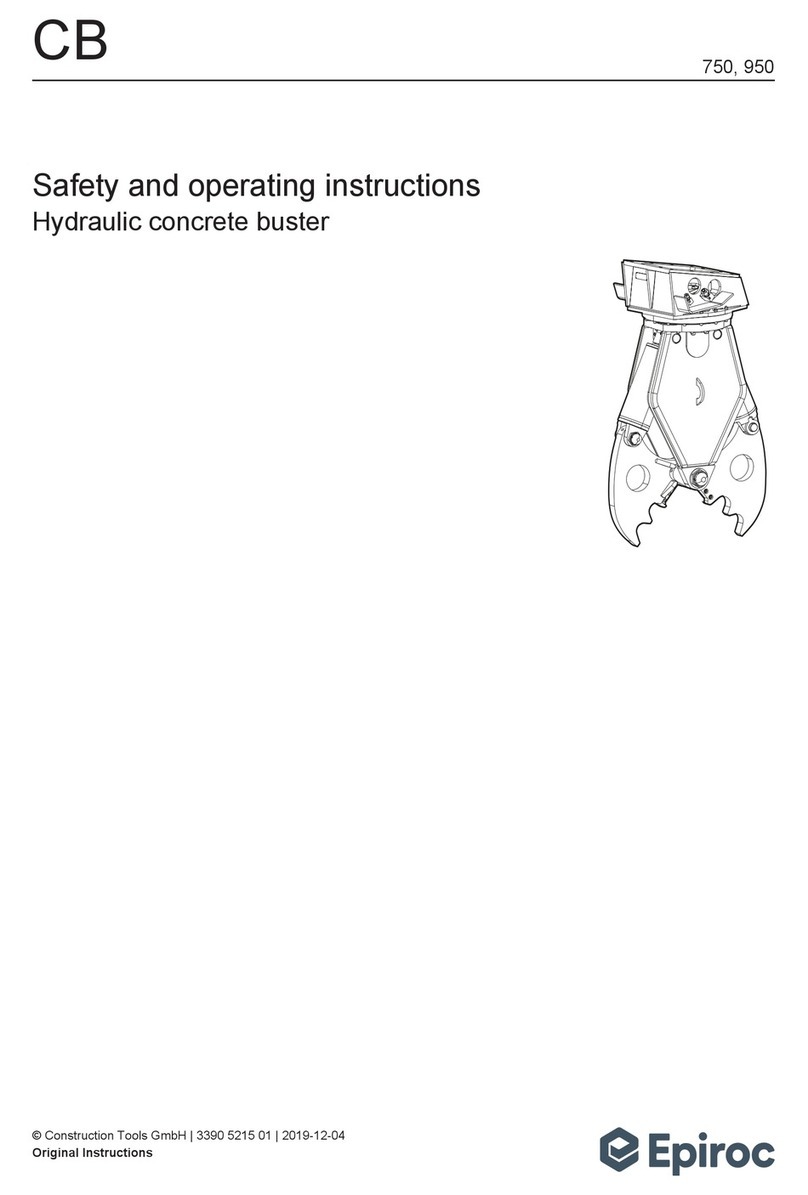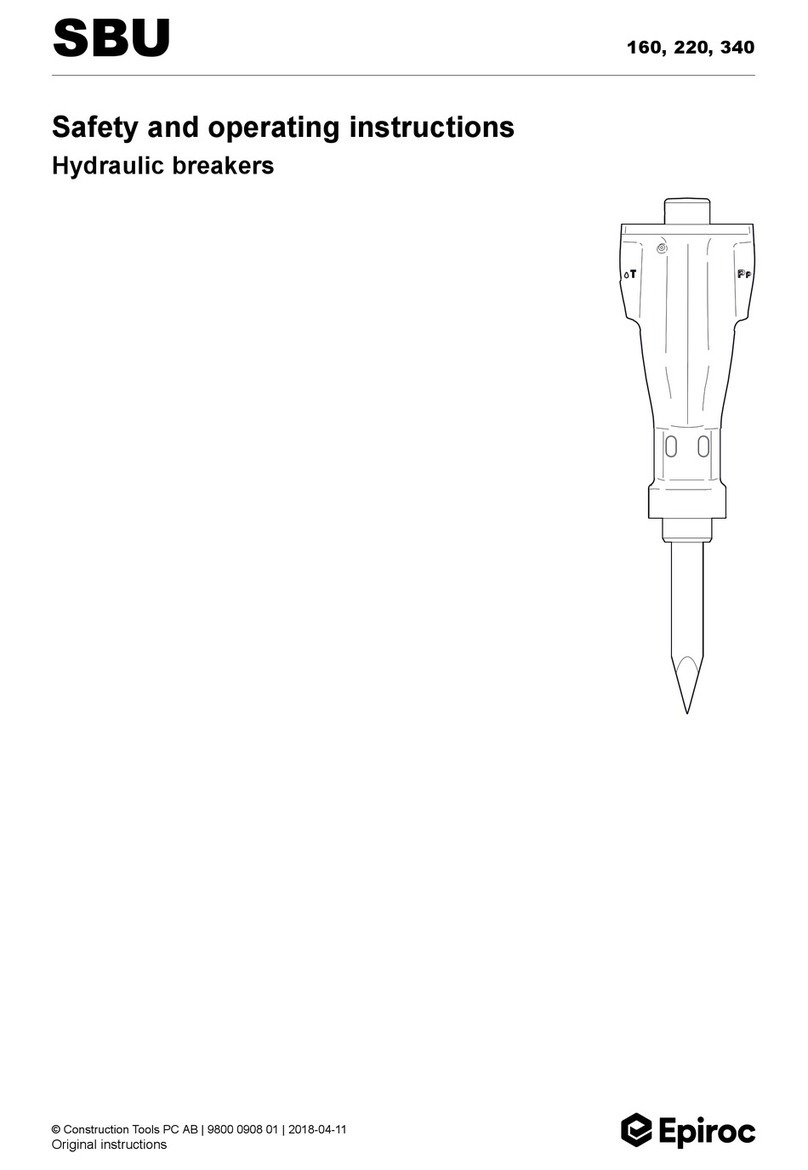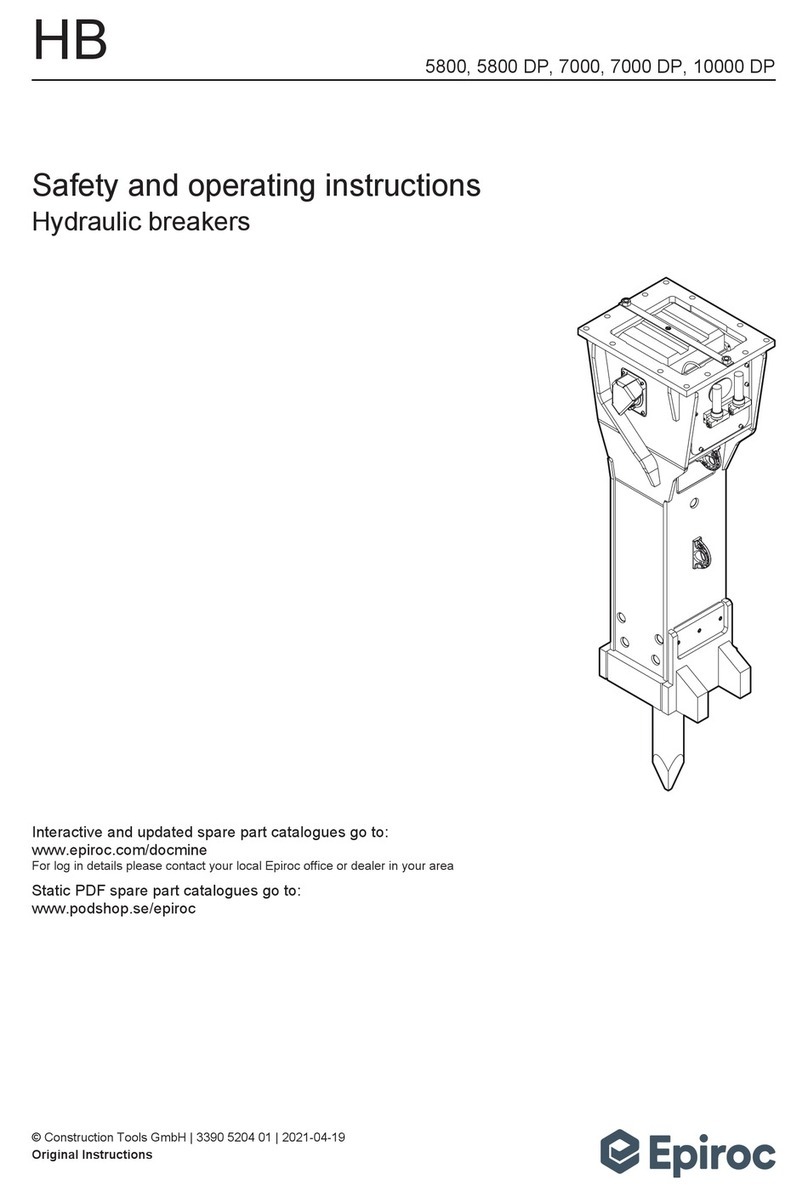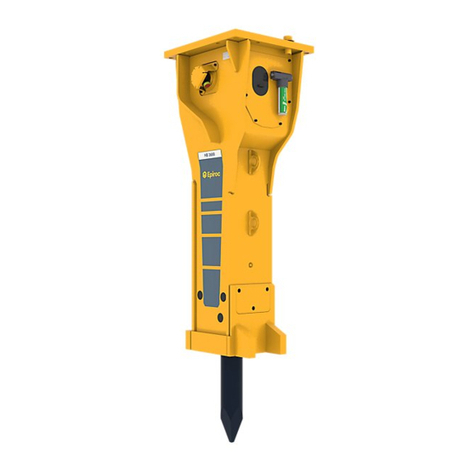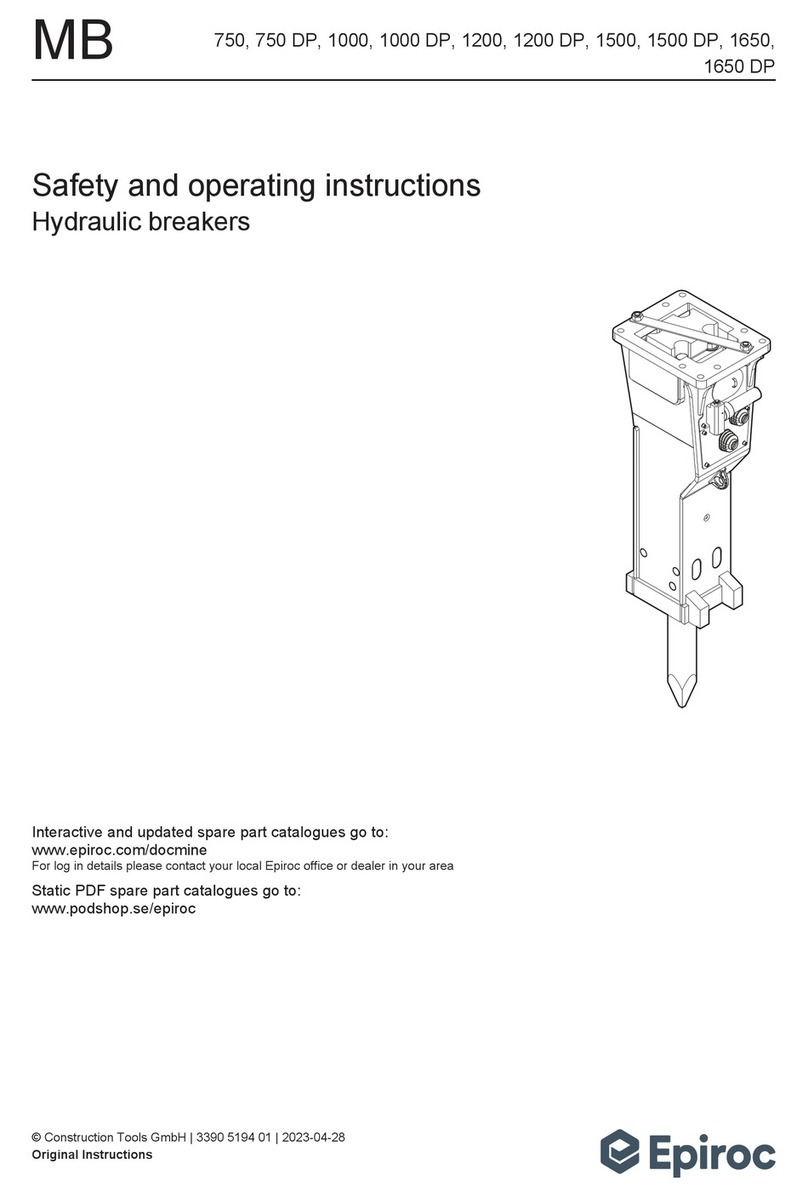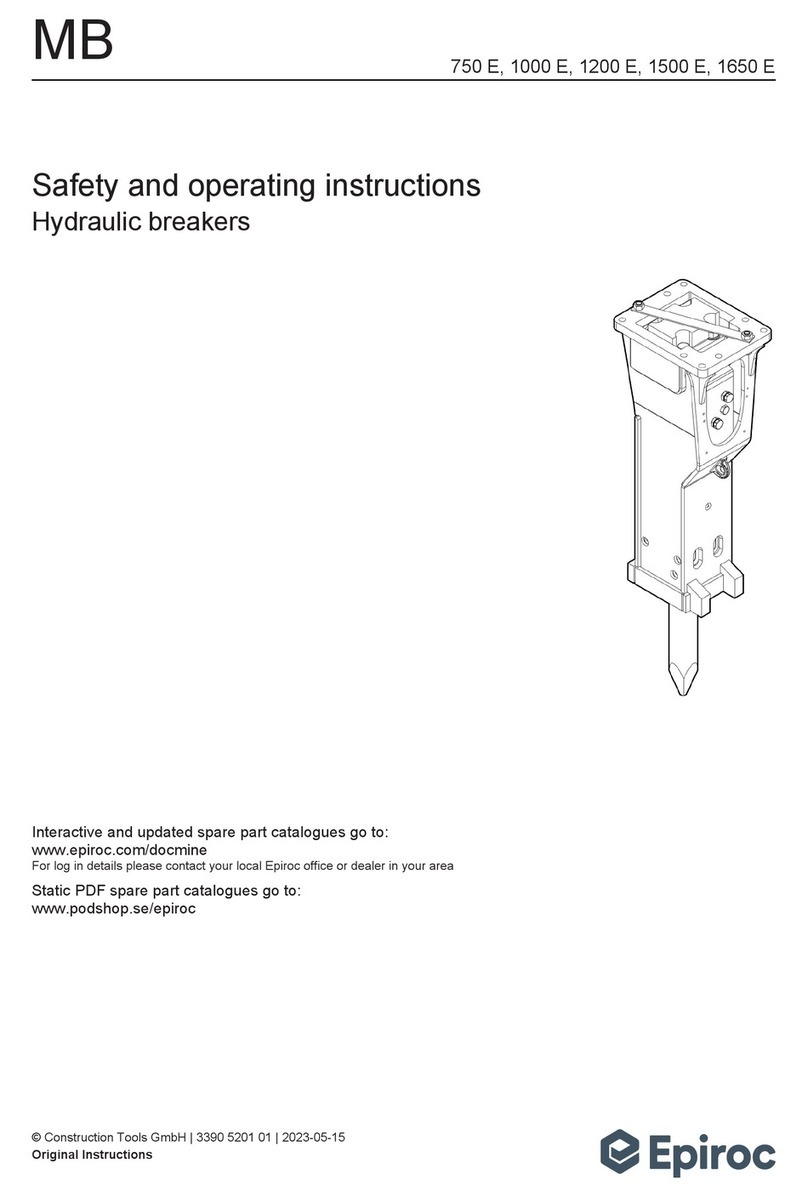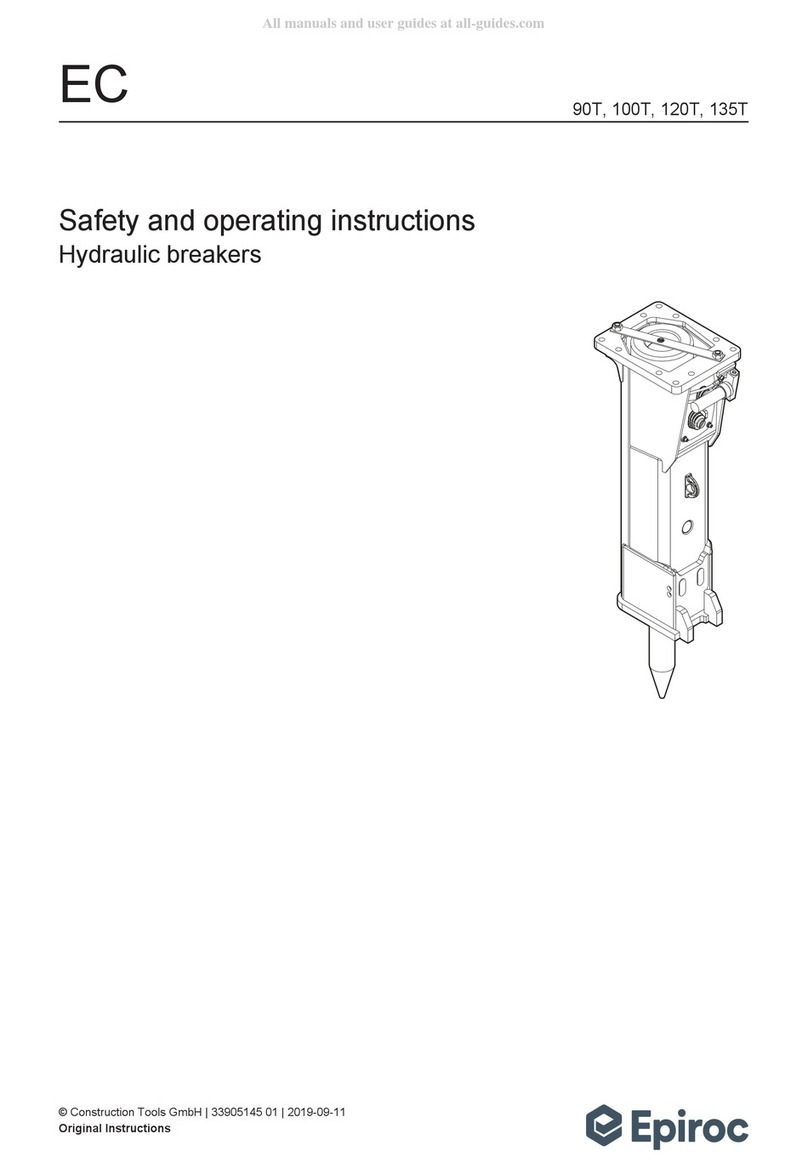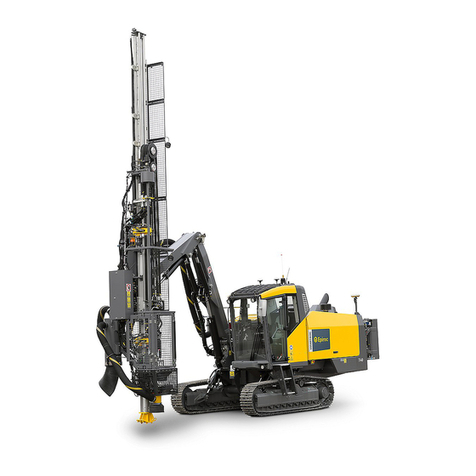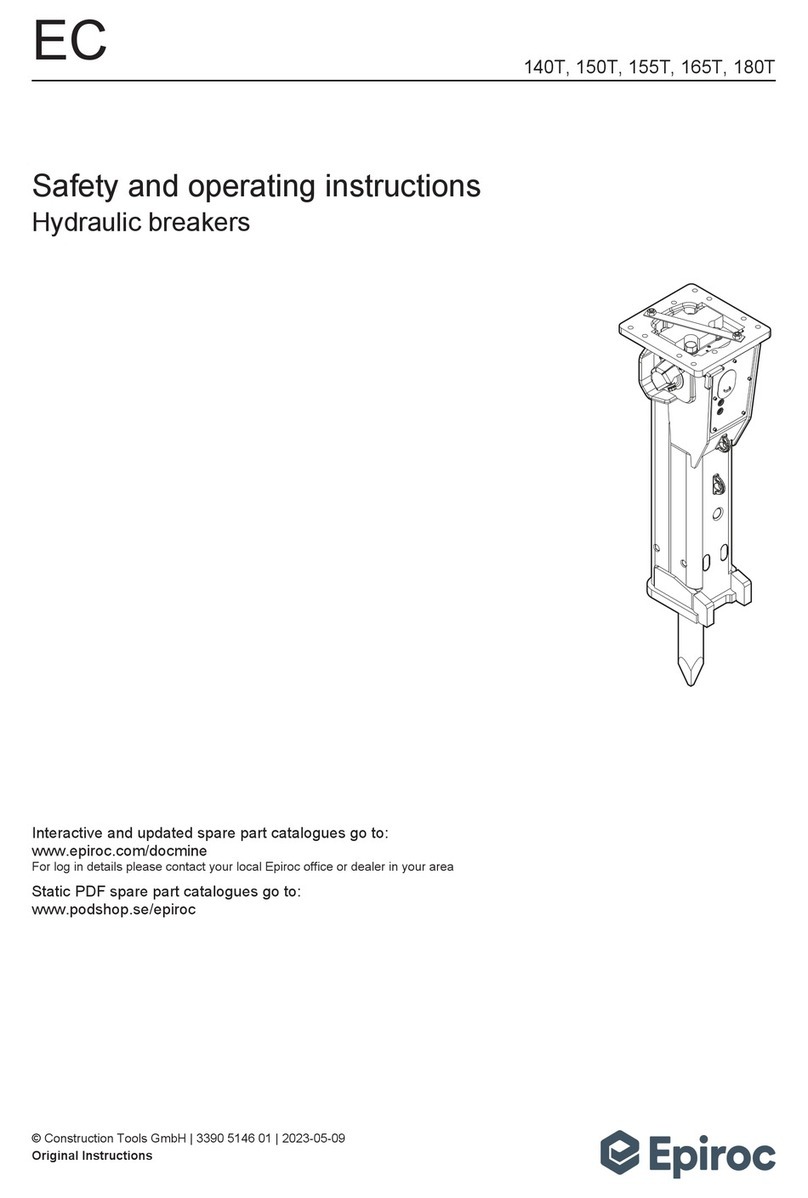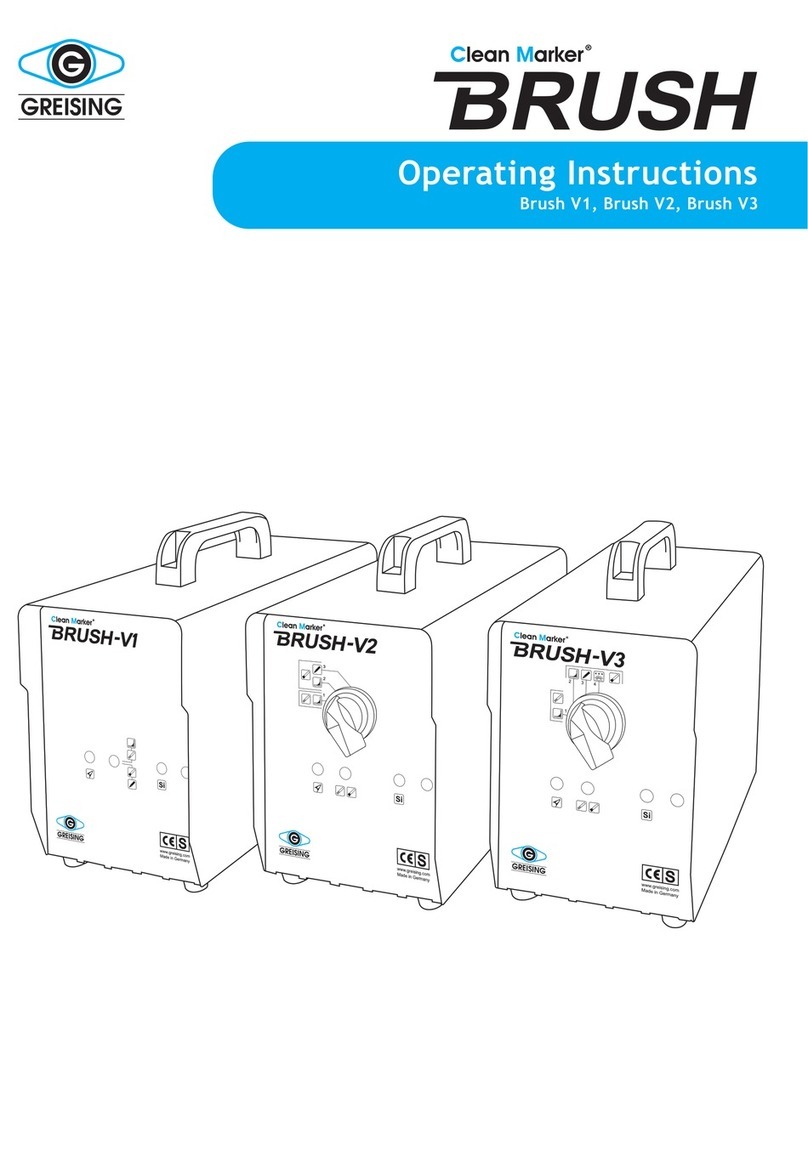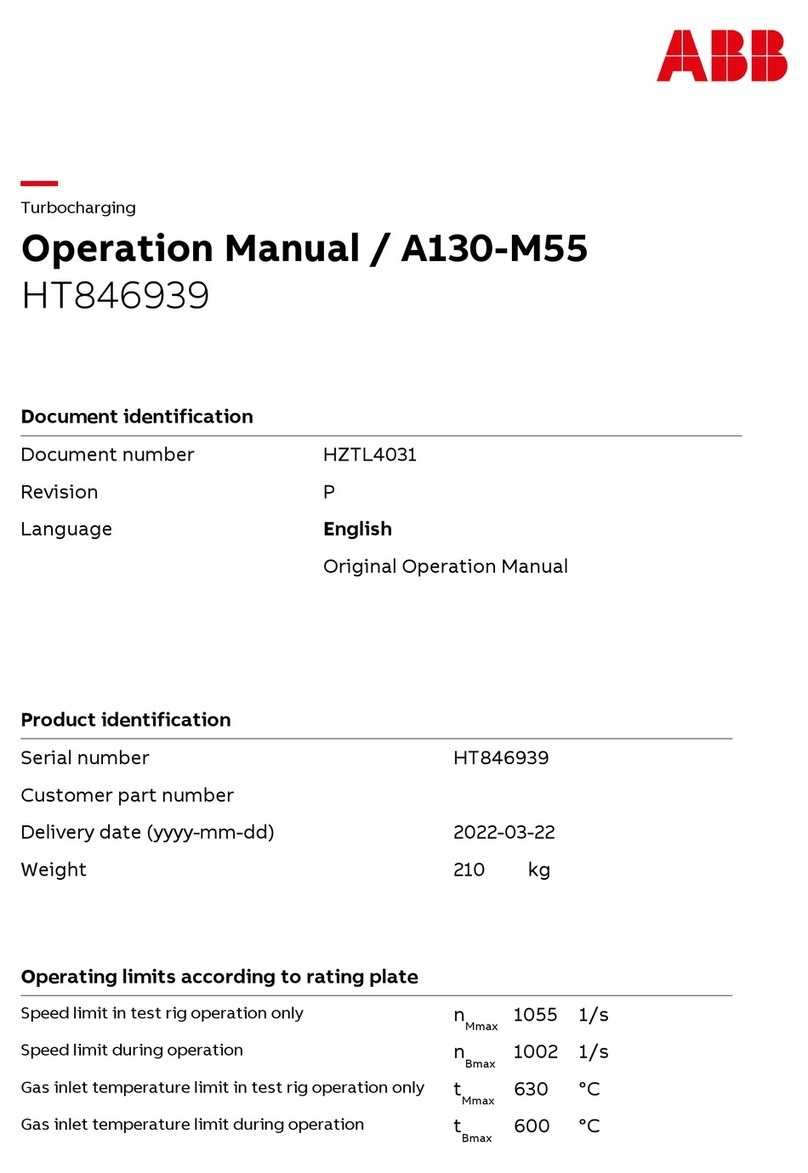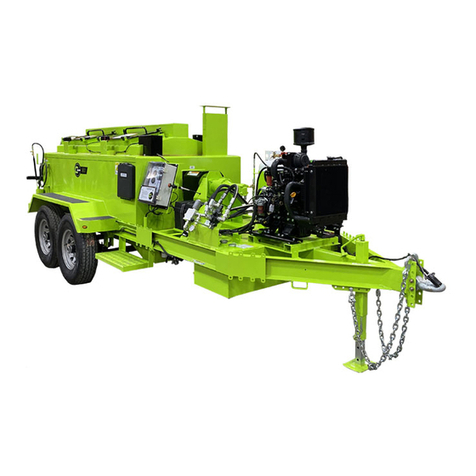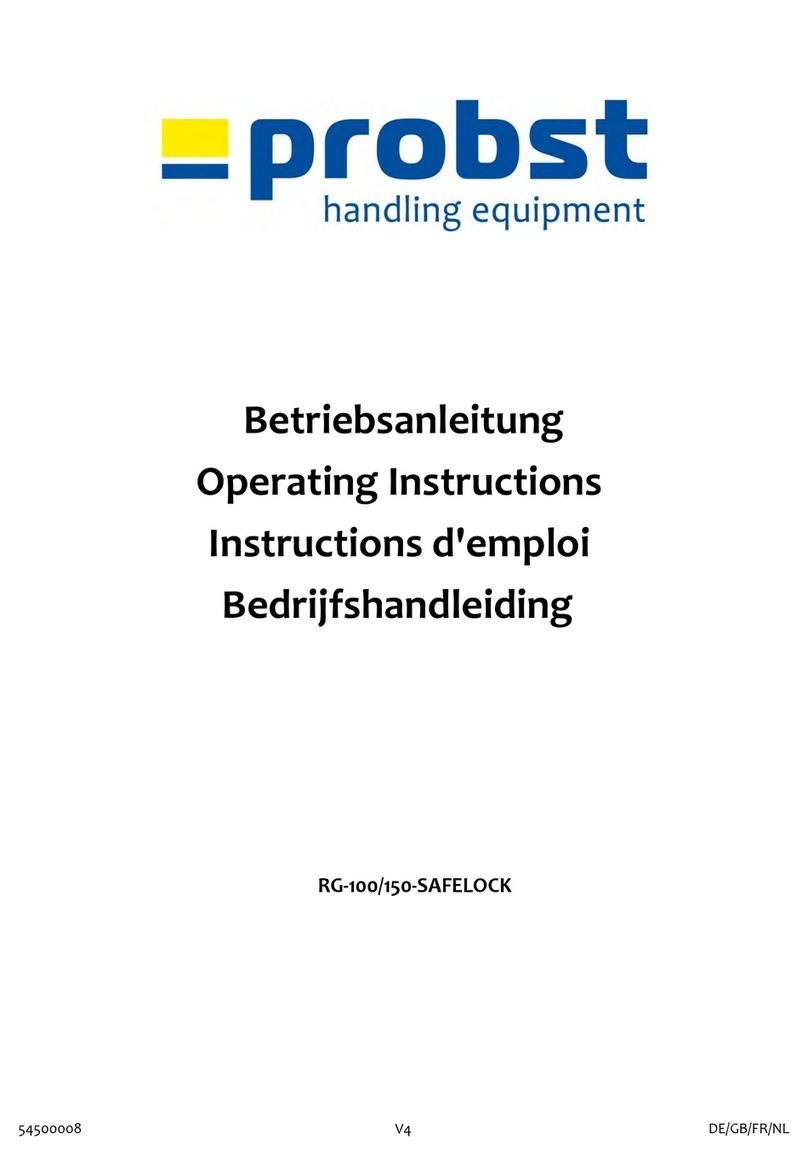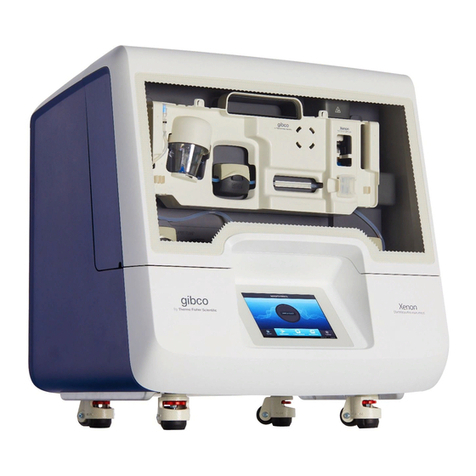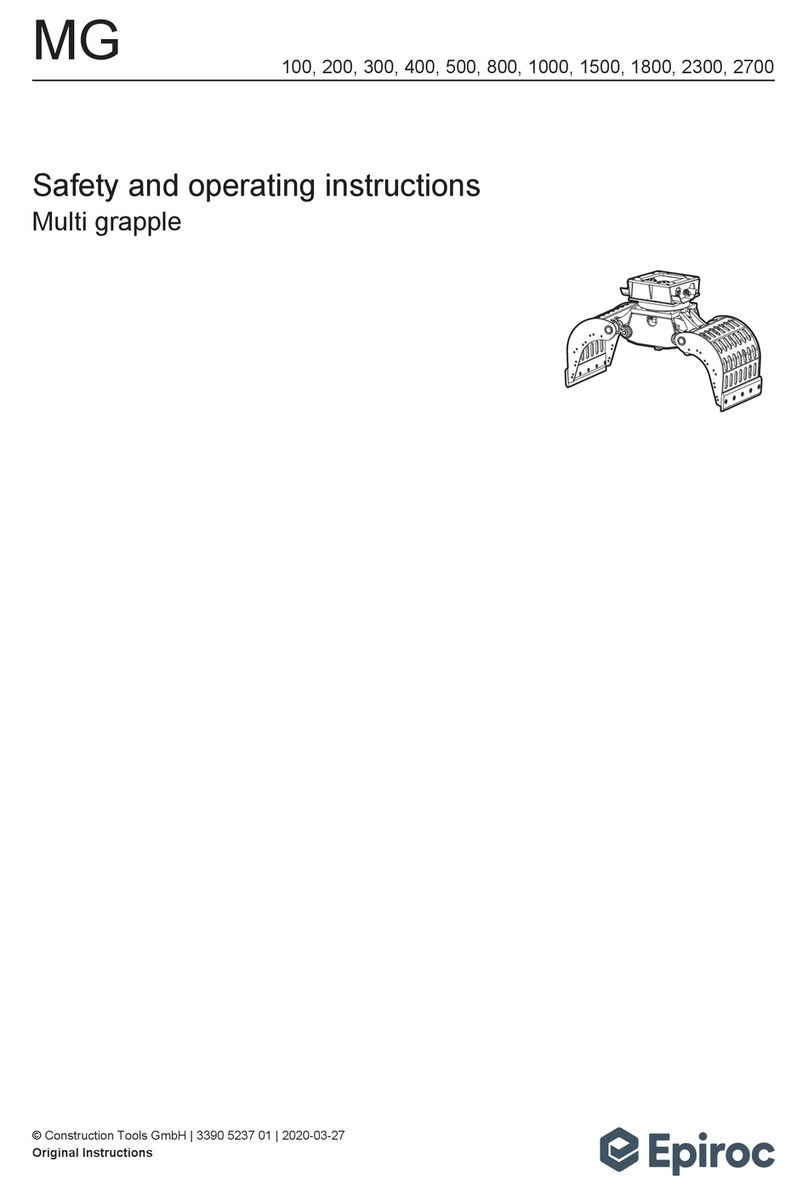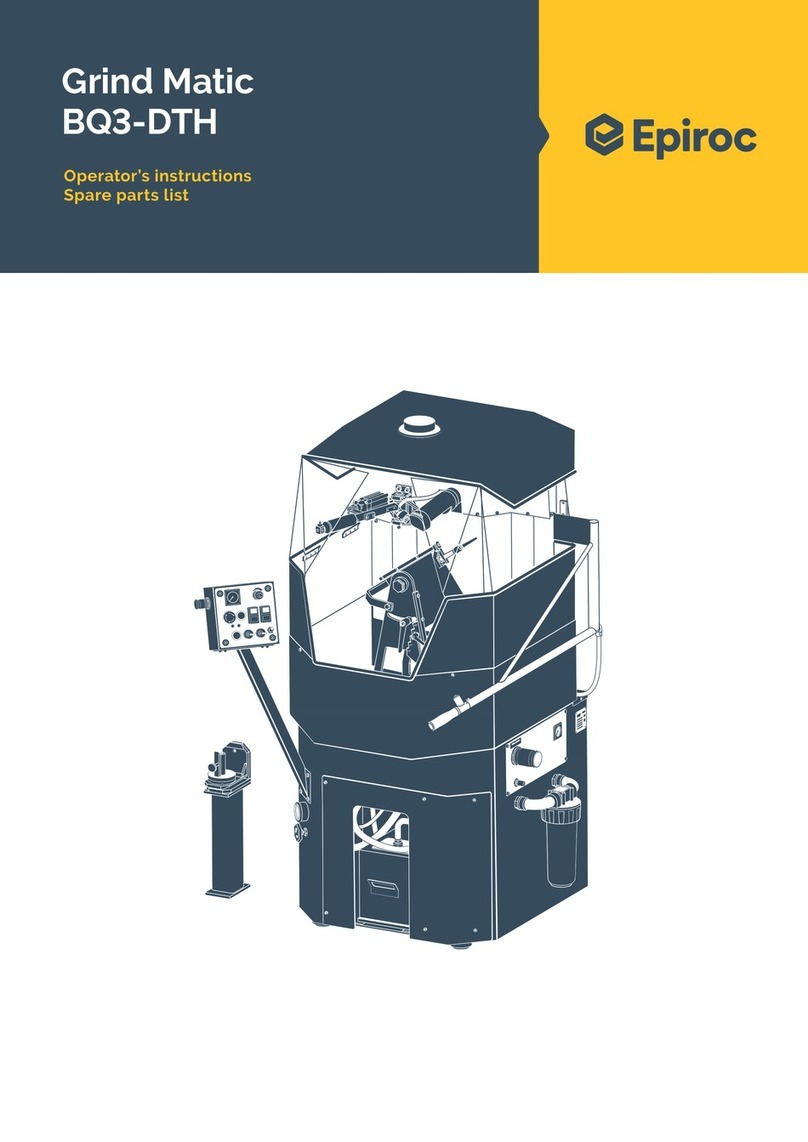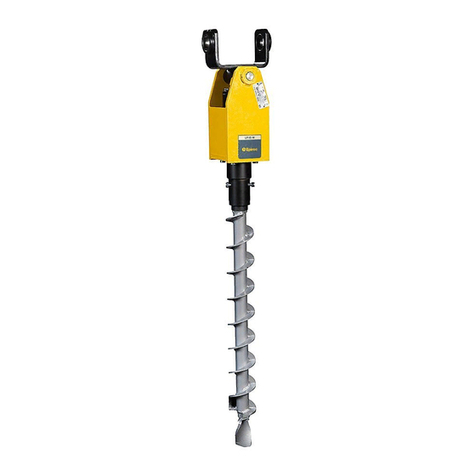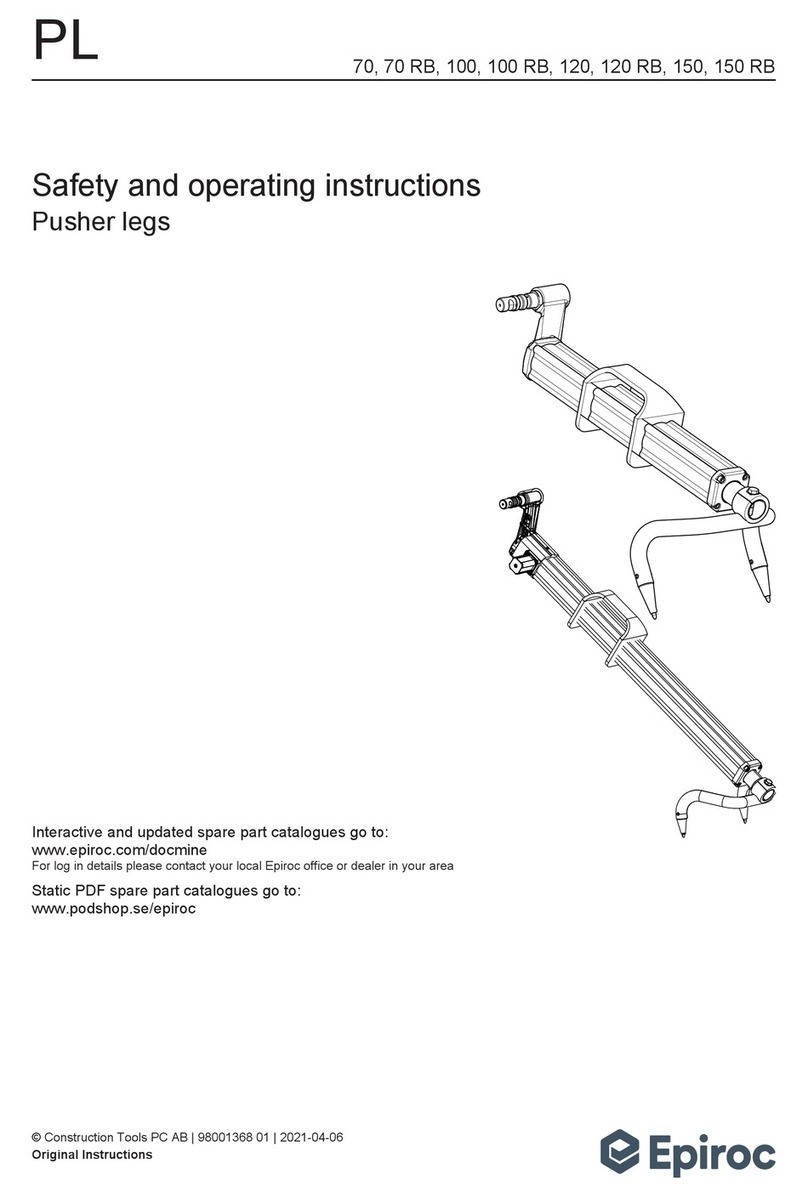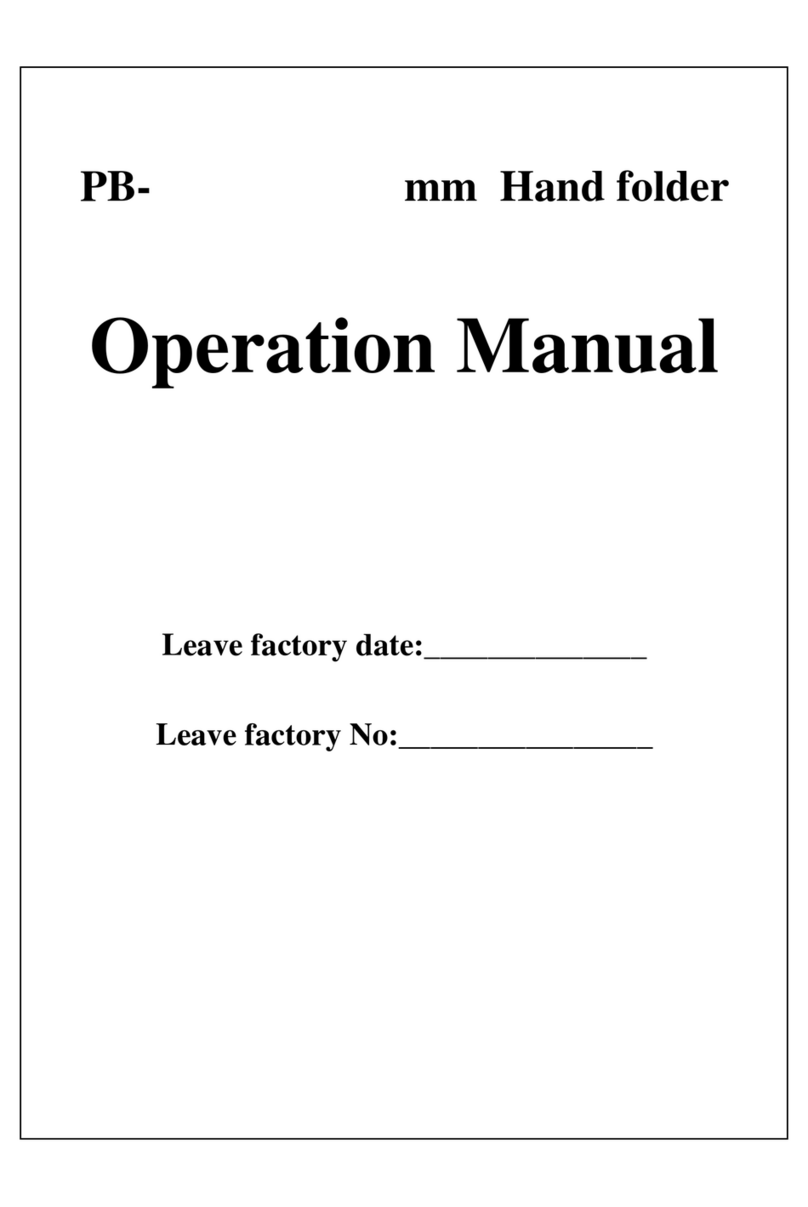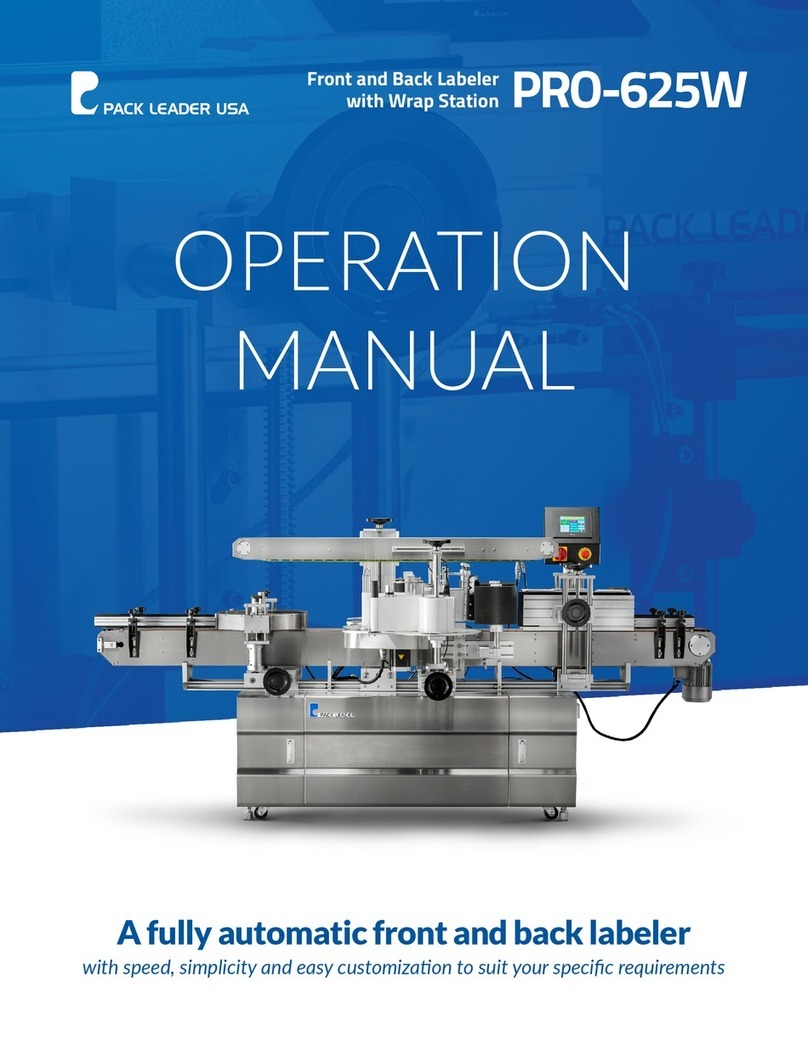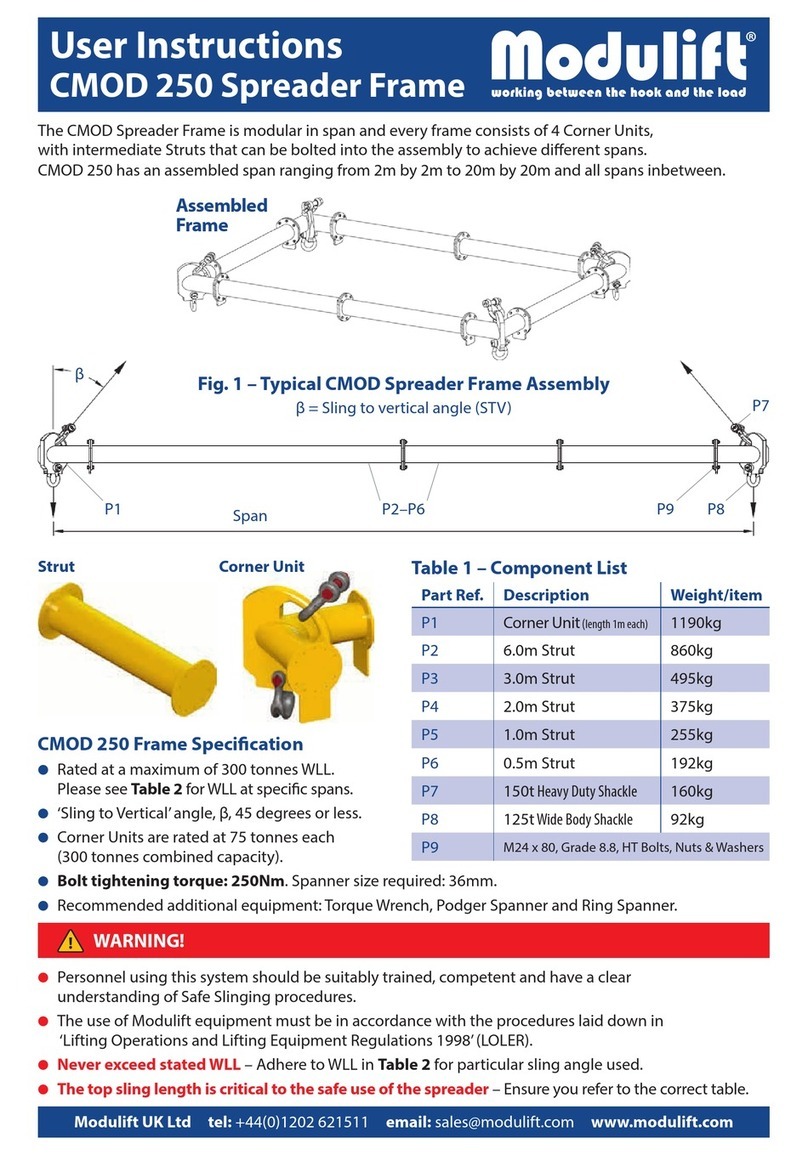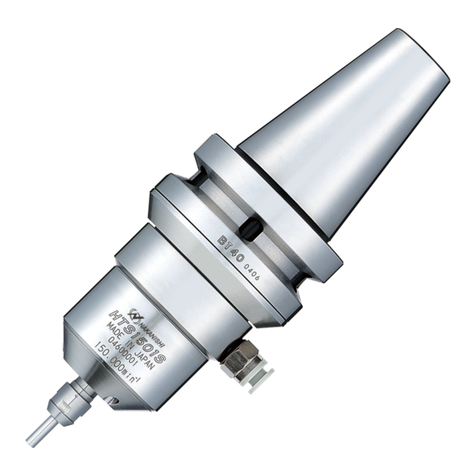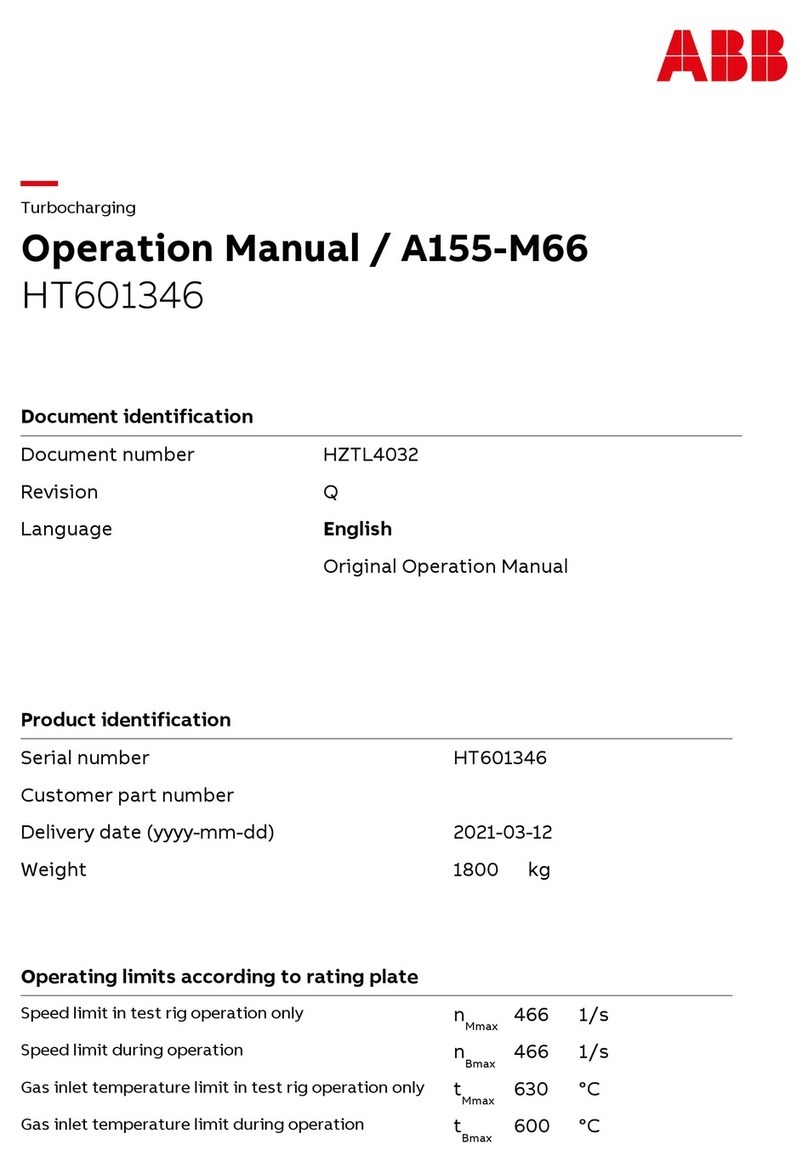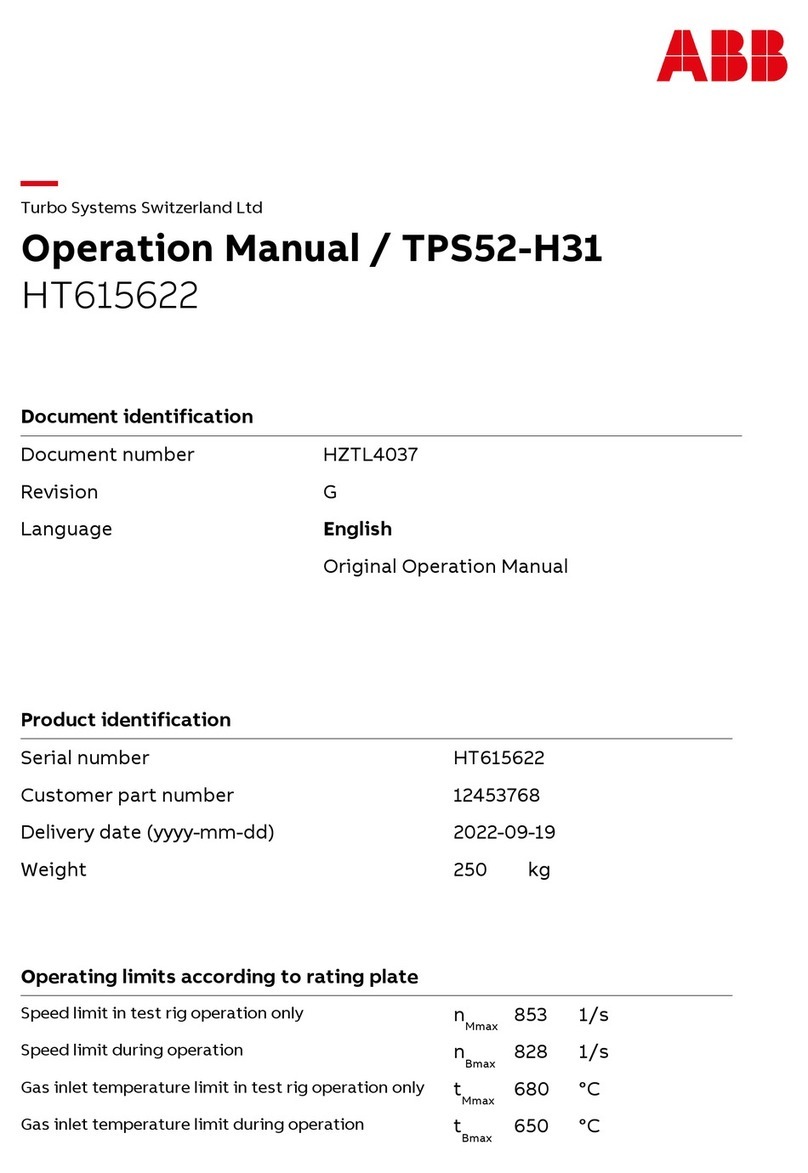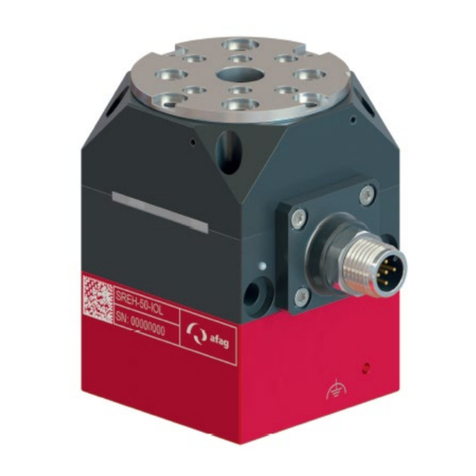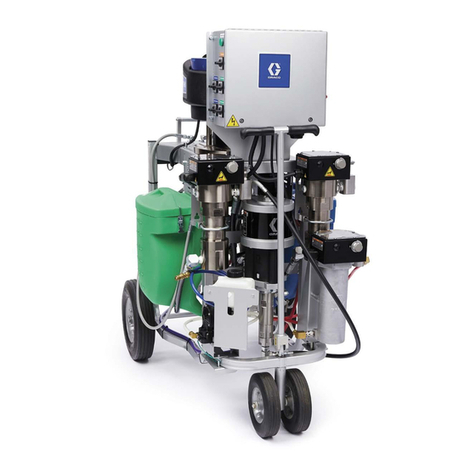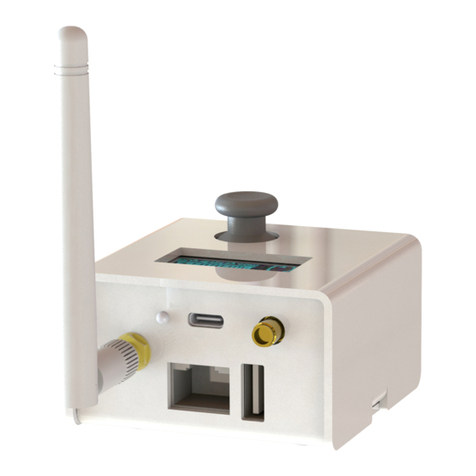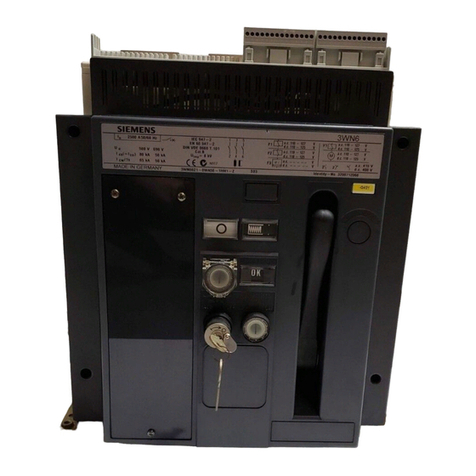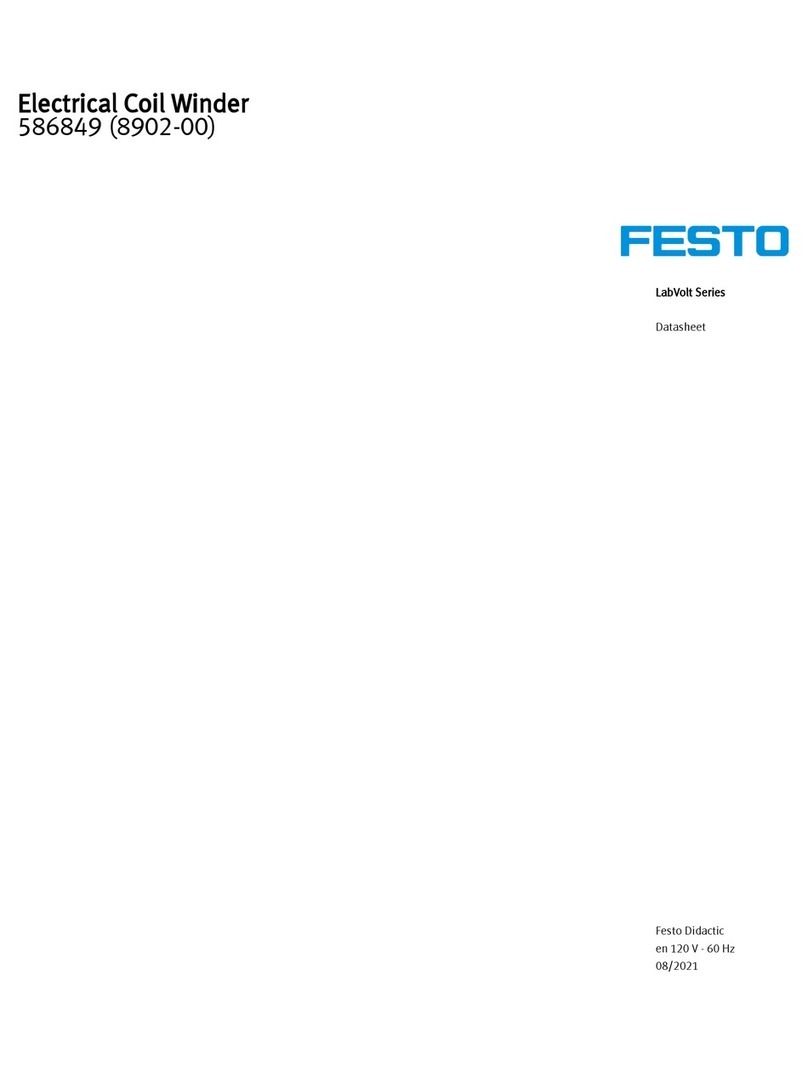
6 7 FORDIA.COM
Operation
2.1 Purpose
The Casing Advancer allows drillers to advance casing through overburden or so and broken
ground without pre-drilling holes or cleaning casing. The casing advancer method uses drilling uid
(bentonite and water) as a circulaon medium and is a uid rotary drilling method. This method is
successful because the large diameter outer rods remain lled with drill uid and keep the sand down.
The casing advancer normally has a diamond bit and a tricone bit which can be removed via wire line.
Where spot coring or soil samples are desired, the system’s center-drill secon is quickly and easily
retrieved - via wireline - leaving the inside of the casing advancer clear for core barrel or sampling
tools. Aer coring, the center-drill secon can again be wirelined into place, the casing advanced
and full-hole drilling resumed.
2.2 Application
The Casing Advancer can be used with lightweight, all-terrain drills to drill water wells. The typical
applicaons are as following:
• Soil sampling and overburden coring in conjuncon with casing advancement
• Casing through dicult overburden and caving bedrock formaons
• Casing o the water environment from rivers and lakes, while drilling from barges or plaorms
• Over drilling lost or stuck tooling
• Piezometer or well installaons with minimal cungs
• Well abandonment
2
2.3 Operation
2.3.1 How the system works
An oversized casing shoe - matched to formaon hardness - is aached to drive coupling. A gauged
center drill tricone bit connected to the center-drill secon, is inserted into the casing, drive blade on
the center-drill secon, snap into driving ditches in the lower part of the drive coupling. As the casing
is rotated, the blades contact the driving ditches inside the drive coupling, forcing rotaon of the
tricone bit. The downhole pressure on the center tricone bit is maintained by the two latches on the
upper center-drill secon, these latches are engaged with the upper part of drive coupling.
The system’s oversized casing shoe allows passage of the large cungs generated by the rock tricone
bit, and the smaller diameter core-drill secon allows free passage of uid, cungs and lost circulaon
materials.
The casing advancer must be operated very carefully to avoid sand disturbance. Fluid is pumped down
the casing and up a narrow annulus along the exterior of the casing. Drilling the material with a slow
advance rate and with low pressure while maintaining circulaon is necessary to drill successfully with
this system. If circulaon return stops, blockage may be occurring; and if pump pressures increase,
hydraulic fracturing could occur.
2.3.2 Retrieve center-drill secon
Core or drive samples are available at any me simply by wirelining the overshot recovery tool into
the hole and recovering the center-drill secon. When the center-drill secon is retrieved, the spear
head is locked inside the overshot and pull up the retracng case to force the latches to release their
engaged on the drive coupling, overshot and wirelining can thus deliver the center-drill secon to the
surface, then return it downhole to its drilling posion.
Since casing advancers are «oversize», they require the next size larger overshot. For example, a NW
casing advancer uses a H size overshot.








